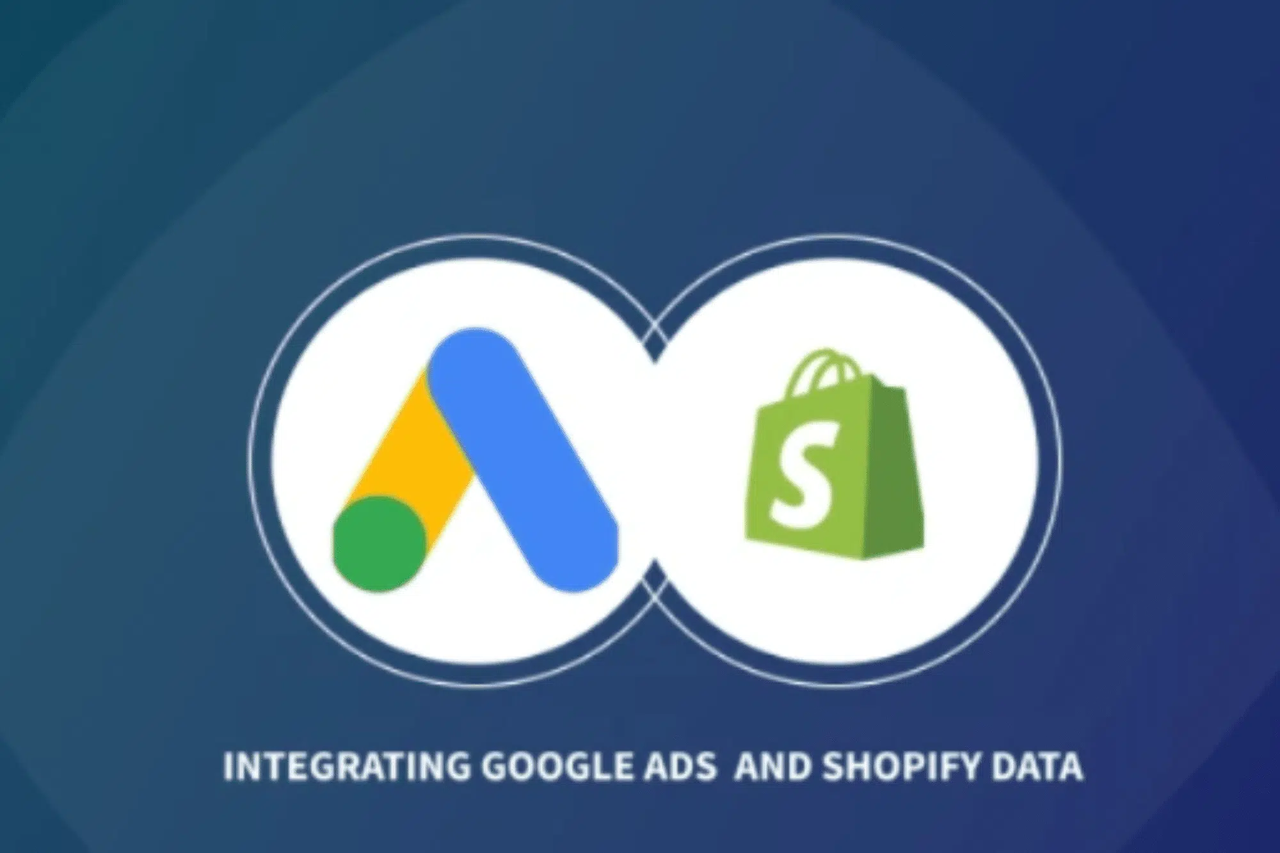Running Google Ads for Shopify can be a great way to drive traffic and sales, but many store owners quickly find out it’s not as simple as just launching a campaign. From unexpected costs to wasted clicks, Shopify merchants often run into concrete problems that slow down growth if not addressed.
1. Skyrocketing CPC on Popular Products
Many merchants notice that some of their best-selling products are the most expensive to advertise. For example:
- A fashion store sees clicks for “women’s sneakers” costing $2–$3 per click, quickly burning through a $50 daily budget.
- Broad keywords attract visitors who aren’t ready to buy, wasting ad spend without generating sales.
- Using automatic bidding without monitoring ROI can lead to spending more than the profit margin on each sale.
Focusing on long-tail keywords, refining product targeting, and excluding irrelevant search terms often helps reduce CPC while keeping the audience relevant.
2. Traffic That Doesn’t Convert
Getting clicks is only the first step. Many Shopify merchants experience high traffic but almost no sales:
- Visitors click ads for “wireless earbuds” but leave immediately because the product description is vague or missing key specs.
- Slow-loading product pages or poor mobile optimization frustrate users, leading to drop-offs.
- Complicated checkout processes with too many steps or required accounts cause abandoned carts.
Optimizing product pages, improving mobile experience, and simplifying checkout flows are crucial to turn clicks into purchases.
3. Confusing Campaign Data and Metrics
Shopify store owners often feel lost when looking at Google Ads dashboards:
- Campaigns show clicks but few conversions, leaving merchants unsure which ads are effective.
- Without conversion tracking, purchases may happen but not be attributed to the right ad, making ROI unclear.
- Campaigns lumping all products together prevent understanding which products perform best.
Segmenting campaigns by product category, tracking conversions properly, and analyzing cost per acquisition help merchants make informed decisions.
4. Ads Getting Rejected or Disapproved
Policy issues can suddenly halt campaigns:
- Product images showing logos of other brands or promotional text like “Buy now!” may trigger disapproval.
- Ads with incorrect pricing or missing shipping info are often rejected.
- New merchants may struggle with Google business verification, delaying campaign launch.
Understanding Google Ads policies and double-checking product listings before submission can prevent unexpected ad stoppages.
5. Difficulty Choosing the Right Campaign Type
Google Ads offers Search, Shopping, Display, and Video campaigns, which can be overwhelming for new merchants:
- Some start a Search campaign for every product, wasting budget on general searches like “cheap shoes” instead of high-intent buyers.
- Display ads may get impressions but very few clicks if audiences aren’t carefully selected.
- Running multiple campaign types at once spreads the budget too thin and reduces efficiency.
Most Shopify merchants see better results starting with Google Shopping Ads for physical products and scaling gradually.
6. Challenges When Scaling Ads
Even when campaigns perform well, scaling can be tricky:
- Increasing budgets too quickly can waste money as ads reach less relevant audiences.
- Expanding to new regions may result in higher CPCs and lower conversion rates.
- Without testing ad copy or product images, scaling often reduces ROI.
Gradually expanding campaigns, testing creatives, and continuously monitoring performance is key to sustainable growth.
7. Poor Retargeting Implementation
Many Shopify merchants neglect or misuse retargeting:
- Visitors who abandoned carts never see follow-up ads.
- Retargeting lists are too broad, showing ads to people who already purchased.
- Lack of dynamic ads prevents showing users the exact product they viewed.
Implementing dynamic retargeting and segmenting audiences based on behavior can recover lost sales effectively.
Conclusion
Running Google Ads for Shopify is rarely straightforward. From skyrocketing CPC and traffic that doesn’t convert, to confusing metrics, rejected ads, campaign overload, scaling issues, and poor retargeting, merchants face multiple challenges.
Addressing these issues requires careful monitoring, refined targeting, optimized product pages, and a strategic approach to scaling campaigns. Understanding these real-world pain points allows Shopify merchants to avoid wasted budgets and achieve meaningful results with Google Ads.


